Pets have a unique way of bringing people together. Whether you’re walking your dog in the park, chatting with a neighbor about cat care, or sharing treats at a pet event, these little moments create a sense of connection. In many U.S. neighborhoods, pet ownership has become a bridge between people, fostering a sense of belonging and shared responsibility.
Building a supportive pet community doesn’t just benefit animals—it strengthens neighborhood ties, encourages responsible ownership, and makes your community safer and more compassionate. From organizing local events to sharing pet care advice, there are countless ways to unite pet lovers around a common goal: ensuring every animal lives a happy and healthy life.
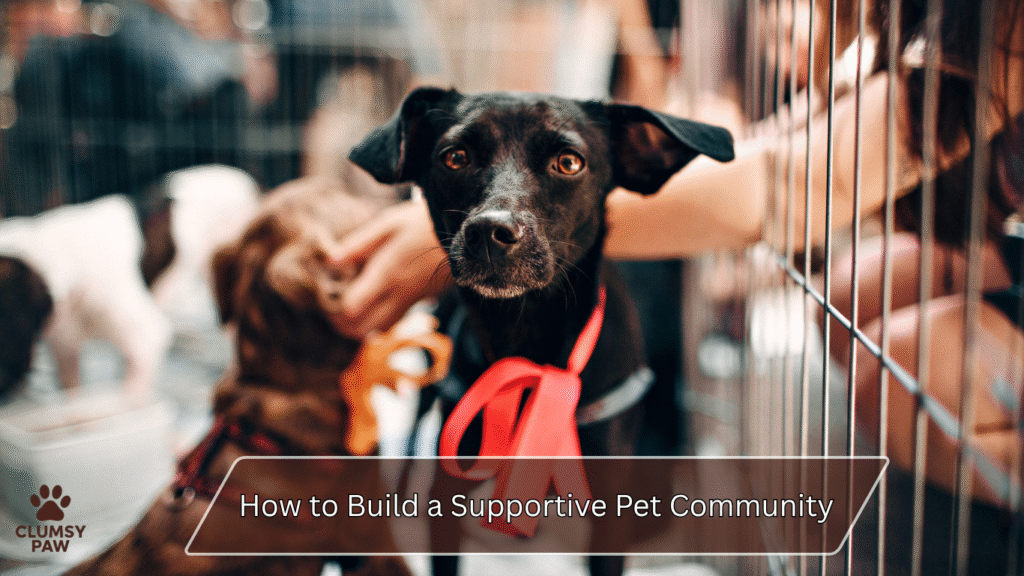
1. Understanding the Importance of a Pet Community
A supportive pet community is more than a group of animal lovers—it’s a network built on mutual respect, education, and cooperation. It brings together pet parents, local businesses, shelters, and veterinarians to create a nurturing environment for all creatures.
Strong communities help reduce pet homelessness, improve animal welfare, and promote responsible pet ownership. When neighbors work together, they can share resources like pet sitting, create safer spaces for walks, and even advocate for local pet-friendly policies.
In essence, a pet community helps people connect through compassion. It makes neighborhoods more livable, friendly, and secure—not just for pets, but for everyone who loves them.

2. Start with Connection: Meet Other Pet Owners
Every great community starts with connection. Begin by introducing yourself to pet owners in your area. You might already see them during walks or at local pet stores, dog parks, or vet clinics. Take those opportunities to start conversations, exchange contact information, and build trust.
If you live in an apartment complex or housing community, suggest a pet meetup or a casual dog walk day. These gatherings are a great way to get to know one another and share experiences about pet care. It’s often these small, genuine interactions that spark the foundation for a larger network.
You can also create a social media group or chat for local pet parents. Platforms like Facebook, Nextdoor, or WhatsApp make it easy to connect neighbors and keep everyone informed about local pet-related news, lost pets, or community events.
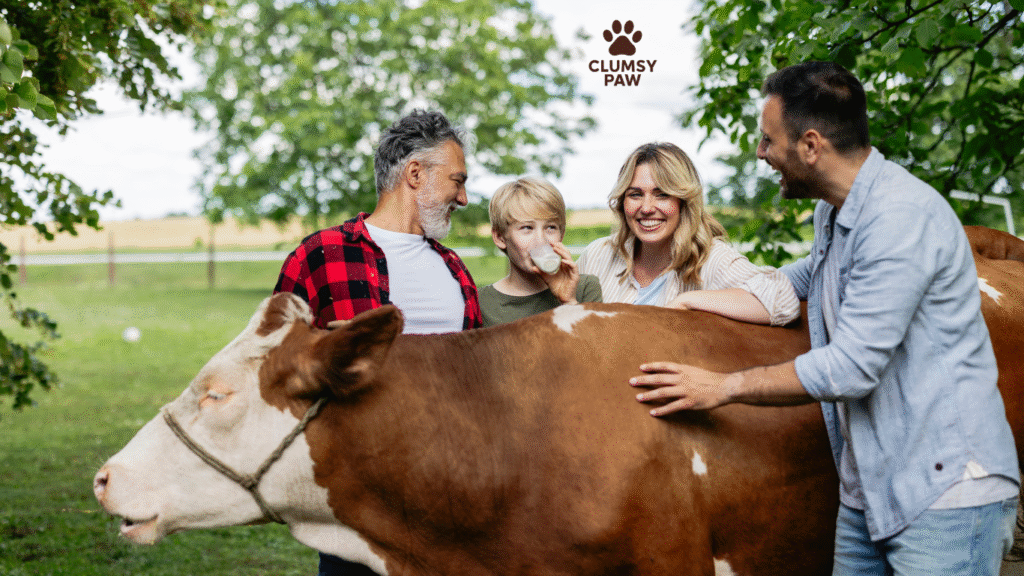
3. Organize Local Pet Events
Events are powerful tools for building connection. They create opportunities for pet owners to meet, learn, and celebrate together. Hosting a neighborhood event can strengthen the community and provide valuable resources for pet welfare.
You can start small—think of a “Dog Walk Sunday” or a “Pet Playdate in the Park.” Once people get involved, you can plan larger gatherings like pet adoption fairs, training workshops, or seasonal celebrations such as a Halloween costume parade for pets.
Partner with local shelters or businesses for sponsorships. Many pet stores are happy to donate supplies, offer discounts, or provide promotional support for community-driven causes. These collaborations make events more successful while helping local businesses reach more customers.

4. Create Safe and Pet-Friendly Spaces
A supportive pet community thrives when pets have safe places to play and socialize. Work with your local council or neighborhood association to advocate for more pet-friendly amenities such as fenced dog parks, pet waste stations, and clean walking paths.
If you live in an apartment building, talk to your management about designating pet relief areas or providing waste bag dispensers. These small upgrades not only make life easier for pet owners but also keep shared spaces clean and pleasant for everyone.
Safety also extends to awareness. Encourage responsible leash practices, proper waste disposal, and vaccination updates. The more informed your community is, the healthier it becomes—for both pets and people.

5. Start a Pet Care Exchange Network
One of the best ways to strengthen trust among pet owners is by creating a pet care exchange system. This could be as simple as offering to walk your neighbor’s dog when they’re away or helping care for their cat during vacations.
A care network can include:
- Pet sitting swaps between trusted neighbors
- Shared transportation for vet visits
- Group purchases of pet food or supplies for discounts
This exchange system saves money, reduces stress, and builds a deeper sense of support among local pet owners. It also ensures that no pet is left without help in times of need.

6. Encourage Responsible Pet Ownership
Education is the foundation of any supportive pet community. When pet owners are informed and responsible, the entire neighborhood benefits. Consider organizing or promoting workshops on topics like pet training, nutrition, first aid, and adoption awareness.
Remind neighbors about the importance of microchipping, spaying or neutering, and regular vet visits. You can share this information through flyers, social media posts, or small group meetings.
A culture of responsibility ensures that every pet receives proper care and that common community concerns—like stray animals, noise, or waste—are managed respectfully and proactively.
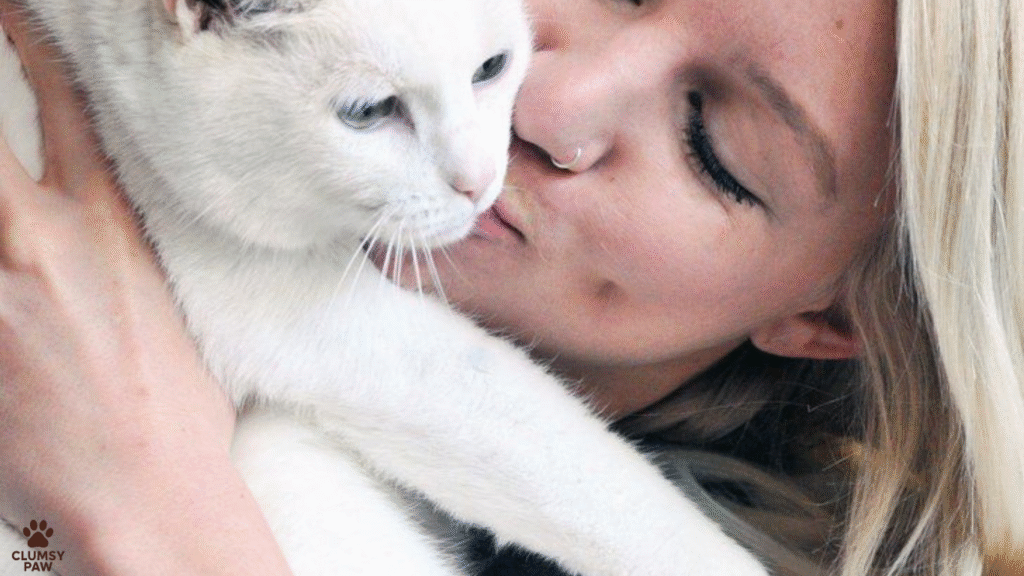
7. Partner with Local Animal Organizations
Collaborating with shelters, rescues, and animal welfare organizations can significantly expand your community’s impact. These groups often have educational resources, volunteer opportunities, and outreach programs that help both pets and people.
Invite representatives from local shelters to speak at events or help organize adoption drives. You can also host donation campaigns for food, blankets, or toys to support these organizations.
By building partnerships, you align your neighborhood with a larger network of advocates working to improve animal welfare on a broader scale.
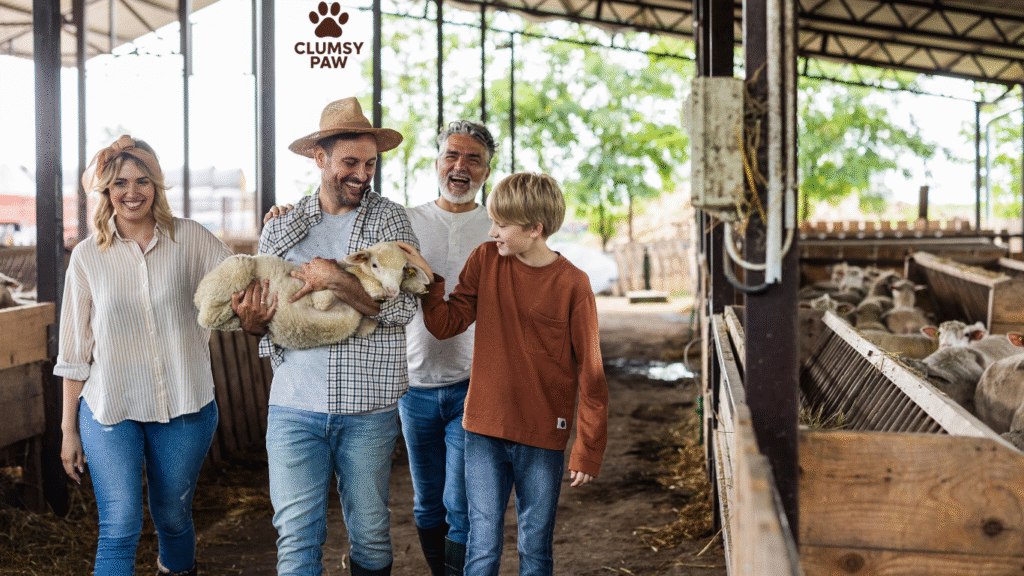
8. Use Social Media to Strengthen Community Bonds
Social media is a powerful tool for creating awareness and maintaining engagement. A dedicated neighborhood pet group can become a central hub for everything pet-related—sharing photos, posting about lost pets, recommending groomers or vets, and announcing events.
Post regularly to keep the community active. You might share pet care tips, celebrate “Pet of the Week,” or highlight adoption success stories. The goal is to make the space welcoming, positive, and informative.
Social media also helps you reach people who might not attend in-person events but still want to contribute. Virtual communities often evolve into real-life friendships and collaborations.

9. Advocate for Pet-Friendly Policies
A truly supportive pet community extends beyond individual households—it influences local policies and infrastructure. Work with neighborhood associations or local government to advocate for:
- Pet-friendly parks and trails
- Accessible waste disposal stations
- Clear signage for pet rules and safety
- Local support for TNR (Trap-Neuter-Return) programs for stray cats
You can also encourage businesses to become more pet-friendly by allowing pets in outdoor spaces or offering water bowls and treats. This not only builds a stronger community but also enhances the local economy by attracting more pet owners.
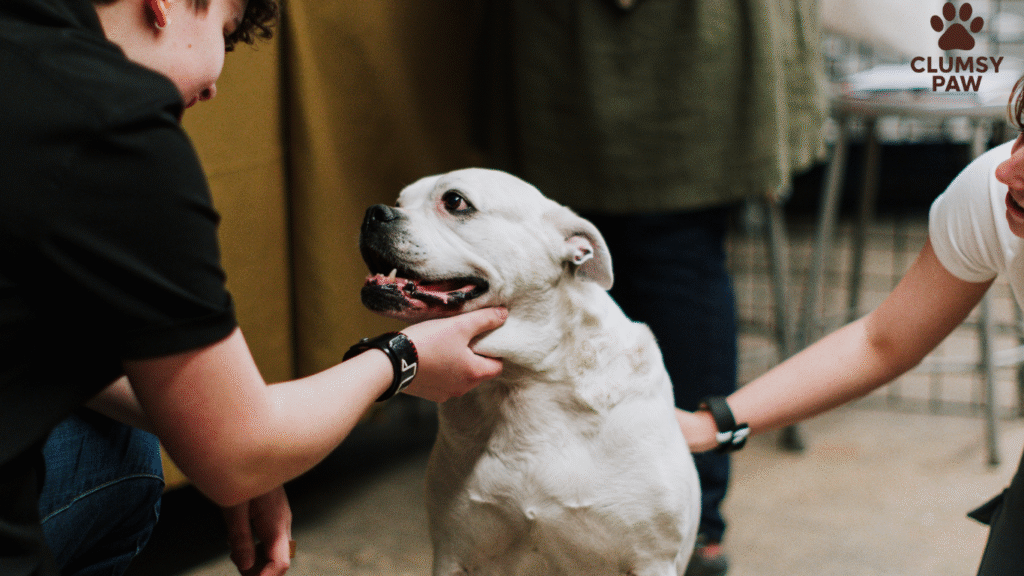
10. Offer Support in Difficult Times
Pets, like people, face challenges—illness, loss, or emergencies. Having a compassionate support network helps ease those moments. If a neighbor’s pet passes away or gets sick, a simple gesture like a sympathy card, help with vet appointments, or a kind message can make a big difference.
You can also create a small “Pet Help Fund” in your community to assist with emergency vet costs or foster care when someone is in crisis. Compassion in action strengthens emotional bonds and fosters trust within the neighborhood.

11. Promote Pet Adoption and Rescue
A supportive pet community can play a major role in promoting adoption. Encourage others to adopt from shelters rather than purchasing from breeders. Hosting or supporting local adoption events is a powerful way to connect homeless pets with loving families.
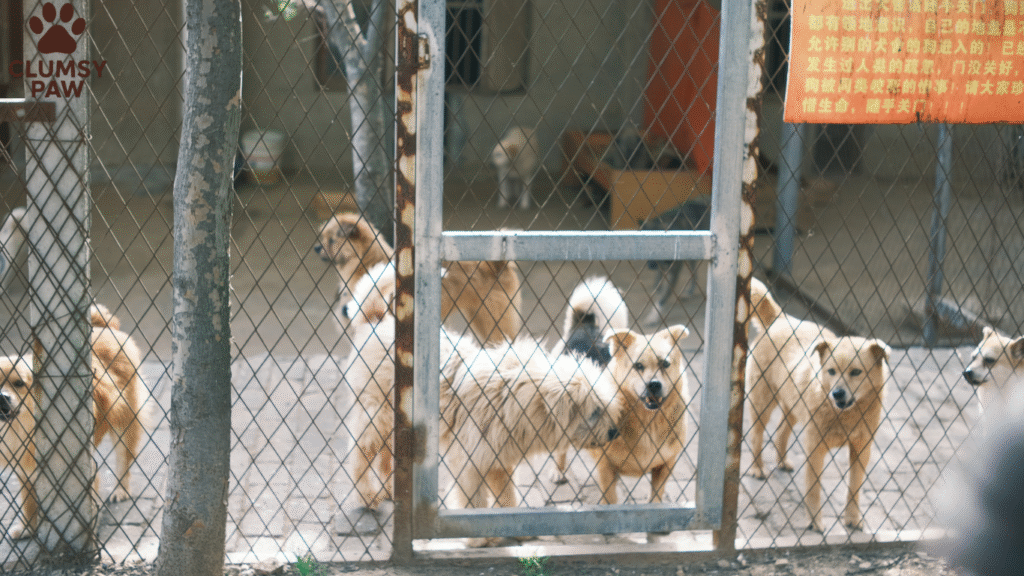
12. Educate Children About Pets
Children are the future of your pet community. Teaching them compassion, care, and responsibility toward animals ensures that the next generation continues to value and protect pets.
Organize small pet education sessions at local schools or libraries. Kids can learn how to approach animals safely, understand basic needs, and even participate in pet art contests or reading programs with therapy dogs.
When children grow up understanding animal welfare, they become lifelong advocates for kindness.

13. Support Local Pet Businesses
Pet-friendly businesses are essential to a thriving community. Support your local groomers, trainers, pet supply shops, and vets. These professionals not only provide essential services but also serve as valuable resources for education and connection.
Encourage neighbors to shop locally. You can even organize “Pet Business Spotlights” on your community’s social page, showcasing services that benefit pet owners. This helps small businesses grow while reinforcing your area’s pet-friendly identity.
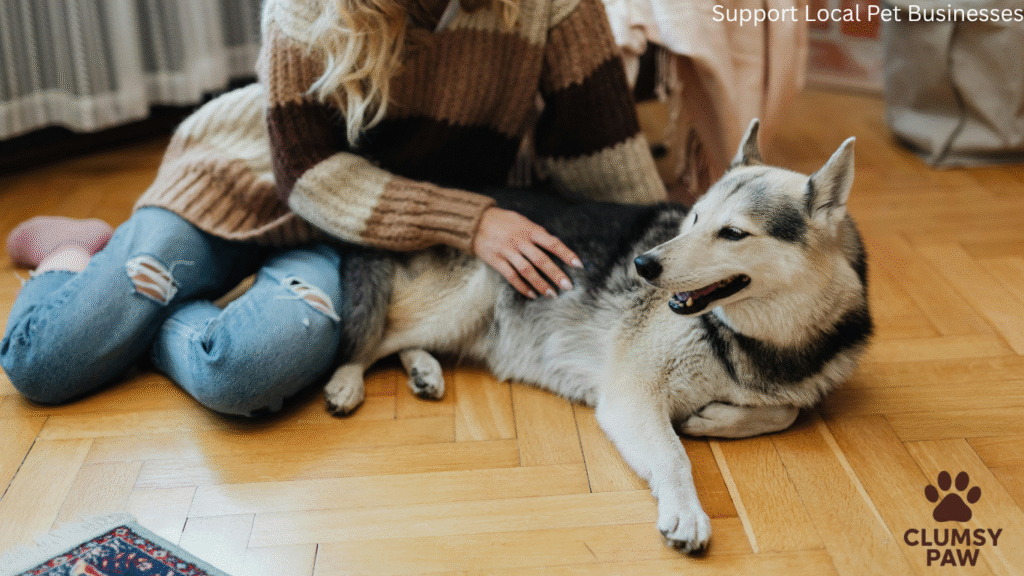
14. Recognize and Celebrate Community Members
A supportive community thrives on appreciation. Recognize individuals who go above and beyond—whether they rescue strays, volunteer at shelters, or organize pet events. You can present small certificates or highlight them on social media to show gratitude.
Celebrating people who make a difference encourages others to get involved. It turns good deeds into a shared culture of kindness and action.

15. Keep Growing and Evolving
Building a pet community isn’t a one-time effort—it’s an ongoing process. Continue nurturing connections, introducing new activities, and listening to what your neighbors and their pets need. The more you adapt and expand, the stronger and more resilient your community becomes.
Remember, small consistent actions—like greeting a fellow dog walker, sharing a pet tip, or volunteering at an event—are the building blocks of something truly meaningful. Over time, these efforts create a place where pets and people alike feel safe, supported, and loved.
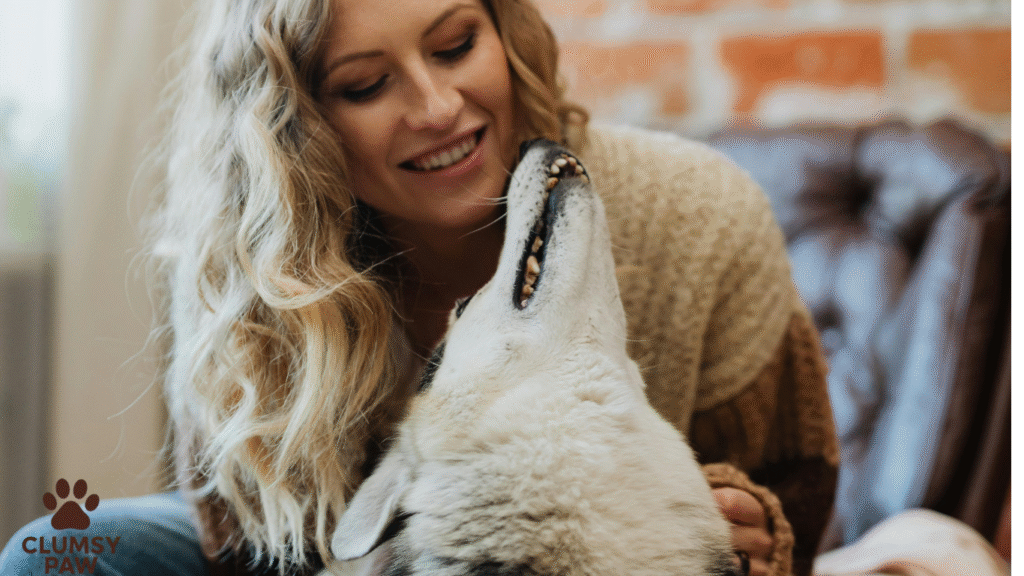
Conclusion
A supportive pet community is built on shared values: compassion, cooperation, and care. By connecting with fellow pet owners, organizing events, supporting local shelters, and advocating for pet-friendly spaces, you can transform your neighborhood into a haven for pets and the people who love them.
When neighbors unite with a common goal—to ensure every animal is happy and cared for—the result is more than a community; it’s a family. Together, you can create a neighborhood that not only welcomes pets but celebrates them as part of the heart and soul of local life.

